Lilian Rice: A Vibrant Presence
Trailblazing architect receives lasting recognition within the village she helped to shape
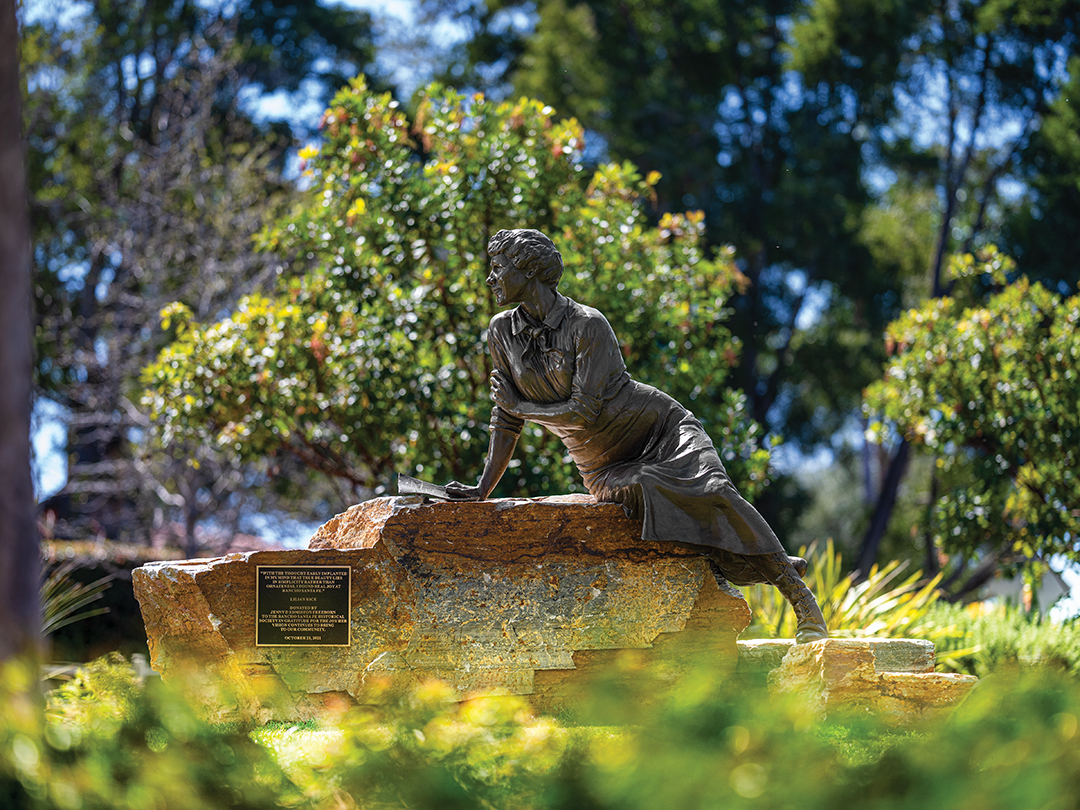
There’s a new “girl” in town, although her legacy dates back more than 100 years. A bronze statue of Lilian Rice, considered the visionary architect of Rancho Santa Fe, now rests in North Village Park. The Rancho Santa Fe Historical Society commissioned the statue to honor Rice, one of the first women to study architecture at the University of California at Berkeley and only the tenth woman in California to be licensed as an architect at that time.
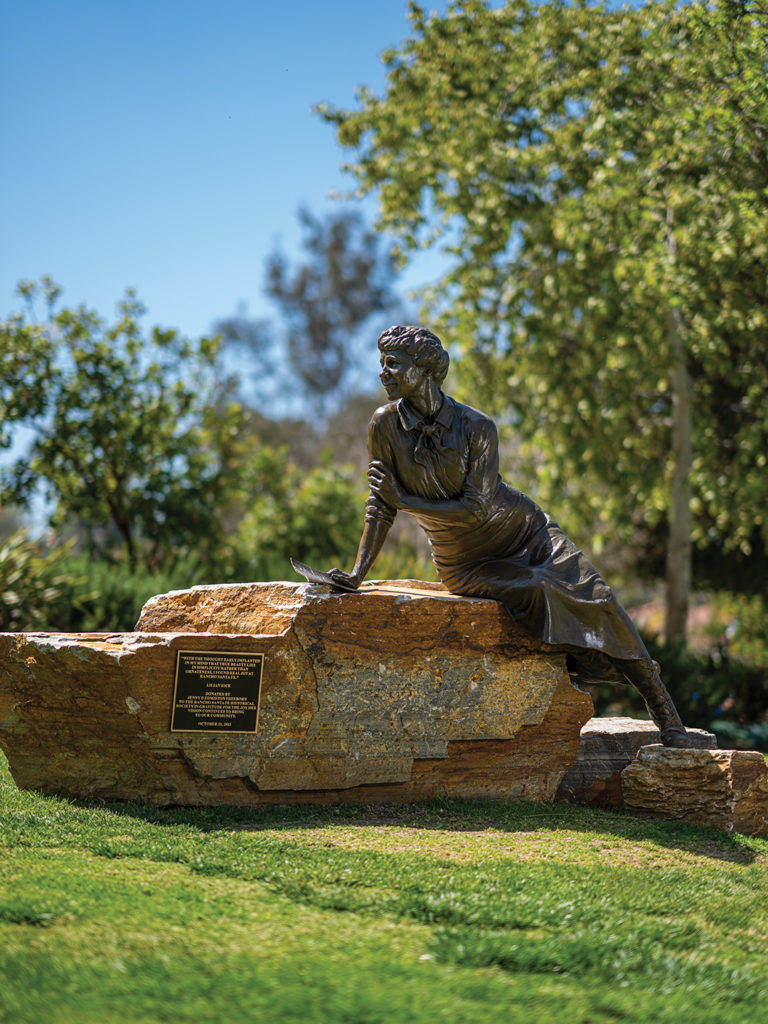
In the early 1920s, Rice was working in the San Diego firm of Requa and Jackson when she got “the job of a lifetime,” notes historian Vonn Marie May. The Santa Fe Land Improvement Company commissioned the firm to design and develop Rancho Santa Fe, what would become one of the first master planned communities in California. Requa was busy with other projects, and Rancho Santa Fe was then two hours away by car from the firm’s San Diego office. Rice got the assignment, and she made the most of it — and more. “She blew everyone out of the water,” says May, not only meeting but exceeding expectations as the village began to take shape.
The community was heavily marketed in the East and Midwest as “The Endless Miracle of California: The World’s Most Distinctive Development” in promotional films, periodicals, and brochures. It was conceived as a community of “gentleman ranchers,” with gracious homes on large lots, including citrus groves and riding trails. Water from the newly built Lake Hodges would provide plenty of irrigation. Previously, millions of eucalyptus trees had been planted in the area to provide a ready source of railroad ties, but the wood proved to be unsuitable for various reasons, and could be found cheaper elsewhere, so it was on to “Plan B.”
Rice set to work, designing the Civic Center along Paseo Delicias, the two-block stretch of commercial buildings, offices, row houses, apartments, a school, and even a gas station that resembled a wishing well. The first structure, completed in 1922 on a slight rise overlooking Paseo Delicias, was a guest house for prospective buyers, and later, vacationers, residents, and movie stars including Douglas Fairbanks Sr. and Mary Pickford, whose Rancho Zorro was nearby. Called La Morada, Spanish for “dwelling,” it was later renamed The Inn at Rancho Santa Fe, and remains the center of community.
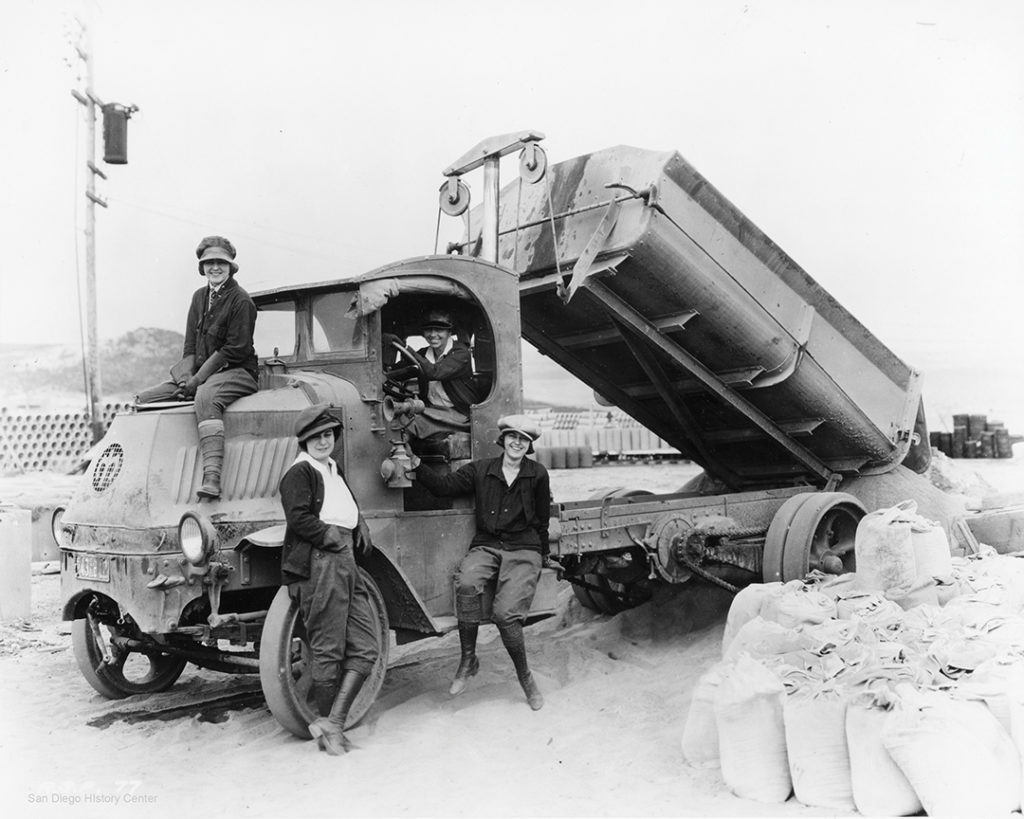
During her relatively short 16-year career — she died of ovarian cancer in 1938 at the age of 49 — Rice was prolific, designing 100 buildings and homes in San Diego, 60 of them in Rancho Santa Fe. She popularized an “eclectic Spanish Colonial Revival Architecture,” says Diane Y. Welch, Rice’s official biographer, who spent five years researching the architect and writing two books about her life and work.
“All of her buildings shared a simple aesthetic: They complemented rather than eclipsed their natural surroundings and used natural materials found locally,” Welch says. “That was the absolute key to Lilian Rice’s philosophy and design work, because, why mess with nature by creating something to dominate the landscape? She wanted her buildings to meld, to be in harmony with the landscape.” Rice also promoted indoor-outdoor living, added vibrant plantings, and incorporated Spanish architectural touches from her travels abroad.
Twelve of Rice’s buildings in Rancho Santa Fe are on the National Register of Historic Places including the Christiancy House, built for a Rancho Santa Fe resident and New York financier on a promontory with a 170-degree view of the village. Steve Black, a local resident and developer, purchased the home in 1996 and “put a lot of love and care” into a two-year restoration of the property.
Rice also took on the rehabilitation of an aging 1830s-era adobe (known as Osuna 1) once owned by Juan Maria Osuna, San Diego’s first mayor, which has since been purchased by the Rancho Santa Fe Association to preserve its history.
The register additionally lists the original Santa Fe Land Improvement Company office, row houses along Paseo Delicias, the Rancho Santa Fe Senior Center, and the La Flecha House, home to the Rancho Santa Fe Historical Society.
It was Peggy Brooks, then the society’s vice president, who conceived of a statue in Rice’s honor. Brooks once lived in a Rice home and has long been an admirer of the architect. “I think it was long overdue to honor her,” says Brooks. “She’s made a significant mark on our community.”
Brooks shared her idea with Jenny Freeborn, a longtime Rancho Santa Fe resident who had also lived in a Rice home. “Her simplicity of design was very easy to live with, but there was a graciousness about it,” Freeborn recalls. “And there was a flow. You could go from almost any room to the outside. It was wonderful for entertaining and raising a family there. I walked into that house and said, ‘I’m home.’” Freeborn quickly agreed to underwrite the statue. “I just wanted to show my appreciation for this community,” she says. “Rice was quite a lady. She deserves a statue. I’m really privileged to do this.”
The Rancho Santa Fe Historical Society, led by President John Vreeburg, commissioned a bronze of Rice by local sculptor Nina de Burgh. For more than a year, the statue took shape in the artist’s studio. Later, at Southwest Boulder and Stone in Fallbrook, members of the Rancho Santa Fe Historical Society carefully selected just the right stone for the statue’s base. On October 23, 2021, declared “Lilian Rice Day,” the society unveiled the statue in Rancho Santa Fe’s North Village Park. The community then turned out for a “Roaring ’20s Gala” in Rice’s honor, co-chaired by Brooks and Peggy Ault.
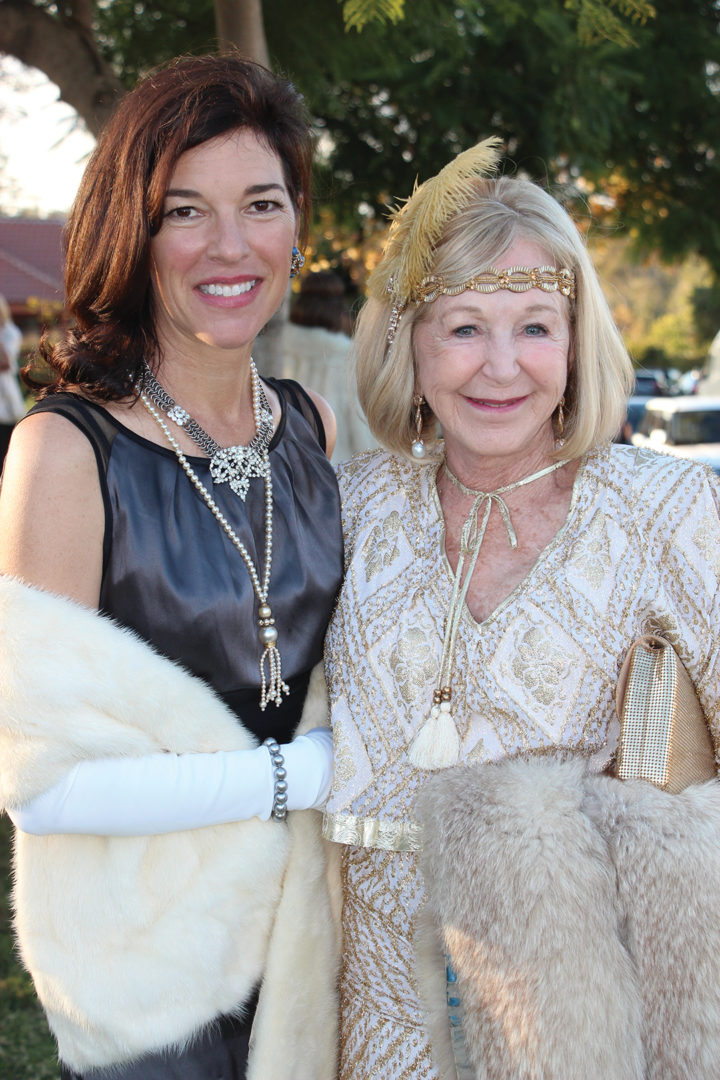
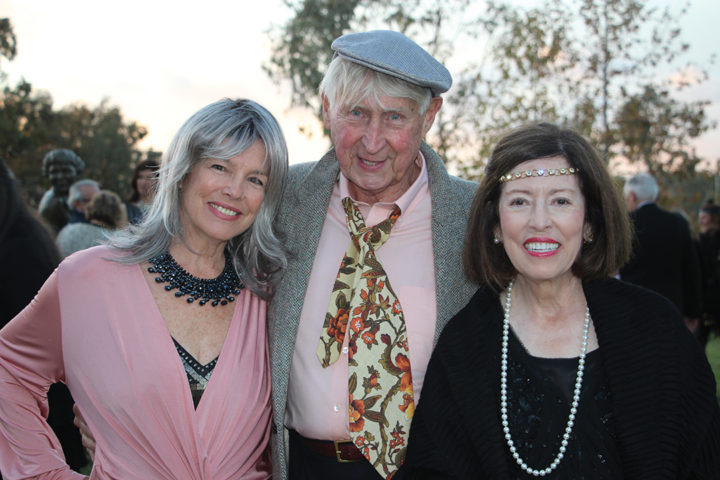
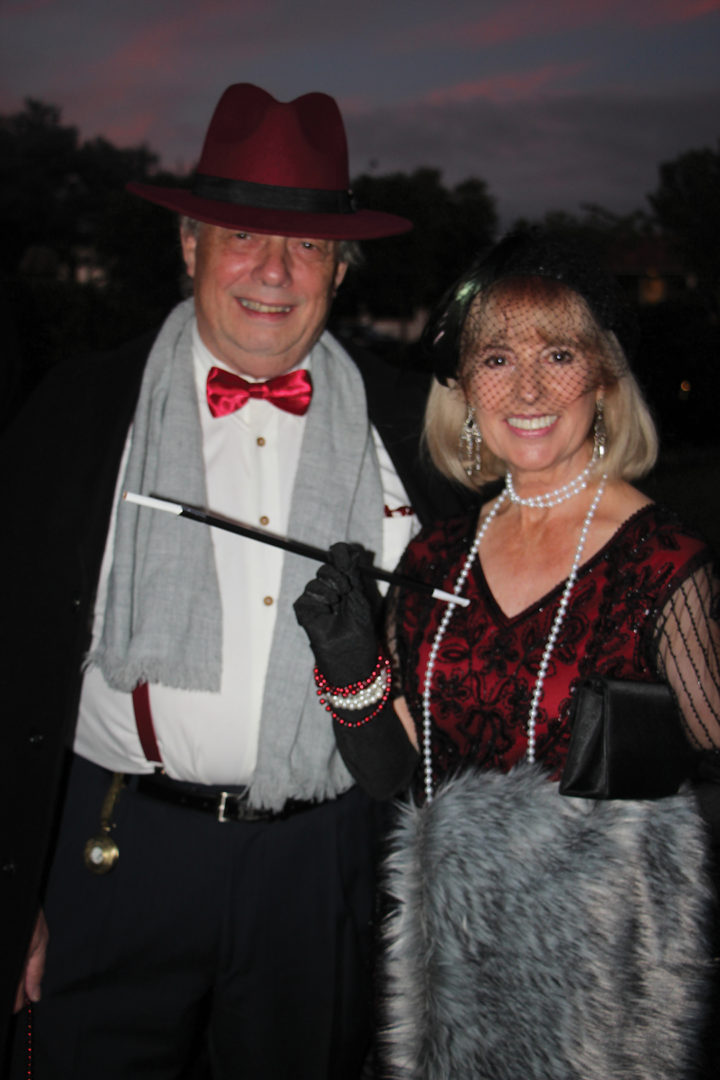



Although her career in architecture was brief, Rice has had a major impact on the profession, says Welch. “Lilian Rice supported and uplifted many up-and-coming architects, both male and female, and in doing so, her legacy was to pass on her philosophy of simplicity in design. Ahead of her times, Ms. Rice was on the cusp of modernism, and had she lived beyond her 49 years, she would have been a leading figure in modern architecture. Today, her surviving buildings speak volumes about her mastery in design,” adds Welch.
Rice never wavered from her philosophy that architecture should harmonize with its surroundings. She once wrote: “With the thought early implanted in my mind that true beauty lies in simplicity rather than ornateness, I found real joy at Rancho Santa Fe. Every environment there calls for simplicity and beauty — the gorgeous natural landscape, the gently broken typography, the nearby mountains. No one, with a sense of fitness, it seems to me, could violate these natural factors by creating anything that lacked simplicity in line, in form, and color.”
Written in 1928, Rice’s words still capture the essence of Rancho Santa Fe today, where her vision lives on.


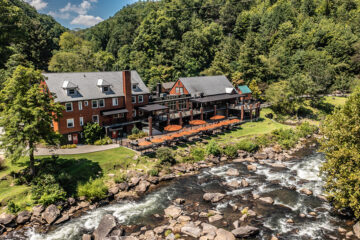
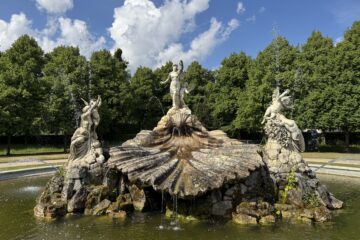
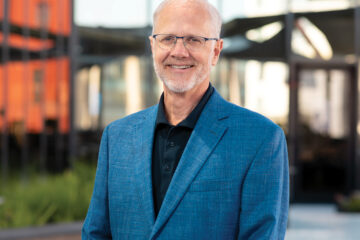
Comments